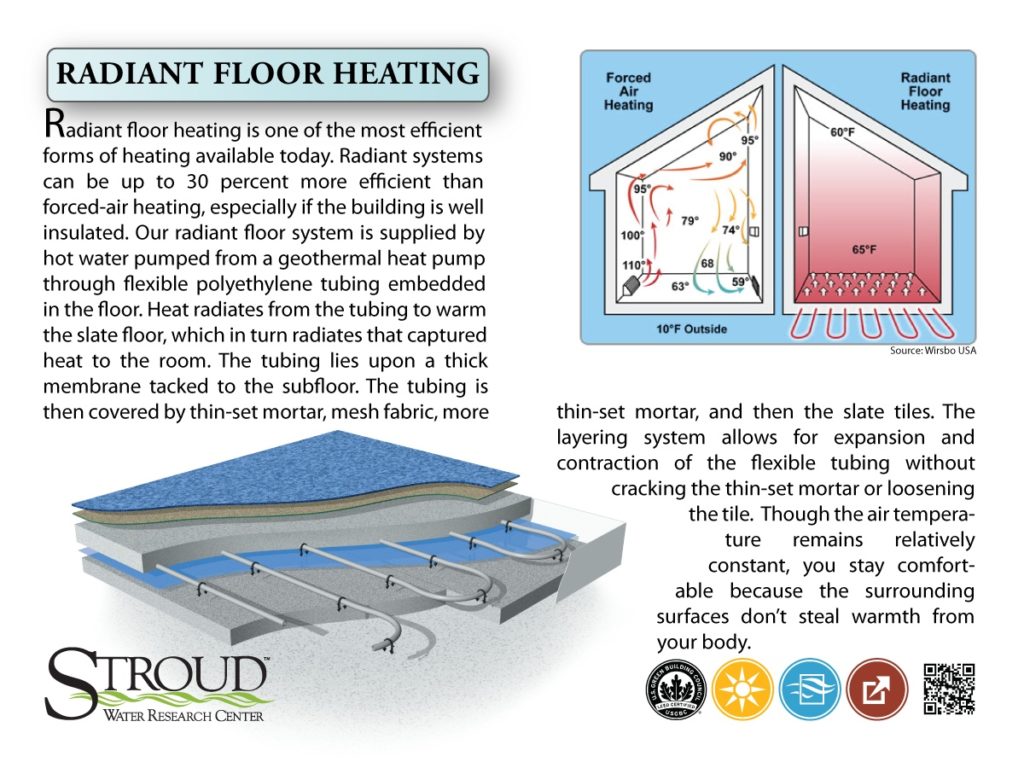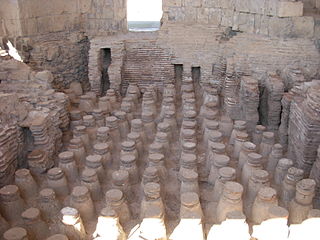Radiant Heat
Stone Age Technology
The DIY television channels may make radiant, underfloor heating seem like a groundbreaking new idea. But did you know it actually dates back to the Stone Age?
Archaeological evidence points to the use of underfloor heating in some areas of Asia and the Aleutian islands, possibly as far back as 5,000 BC. Trenches were dug underneath the floors of subterranean houses to circulate warmed air from fires. Floor stones covering the trenches then transferred the heat into the living spaces.
Better known is the widespread use of hypocausts (for heating public baths) by the Greeks and Romans around 500 BC.
A Mid-Century Boom Turns Bust
While Frank Lloyd Wright favored it as early as 1905, radiant heating was popularized in this country during the post-World War II housing boom.
Thousands of homes in the iconic suburb of Levittown, New York, were built with copper and concrete systems; however, most of those systems failed within 20 years, probably due to the feverish construction timetable and inexperienced installers.
This black mark on radiant heating’s name caused it to fall out of favor for decades as new construction favored forced hot air systems.
 Better Techniques, Better Results
Better Techniques, Better Results
Development of better tubing, better insulation, and better construction techniques have led to renewed interest in radiant heating systems.
Our system is more sophisticated than the Romans could have imagined, and doesn’t require us to light any fires! We expect that in combination with our geothermal system it will keep our building comfortable while greatly reducing heating costs.
Sources: A Brief History of Radiant Heating; http://en.wikipedia.org/wiki/Radiant_floor_heating

